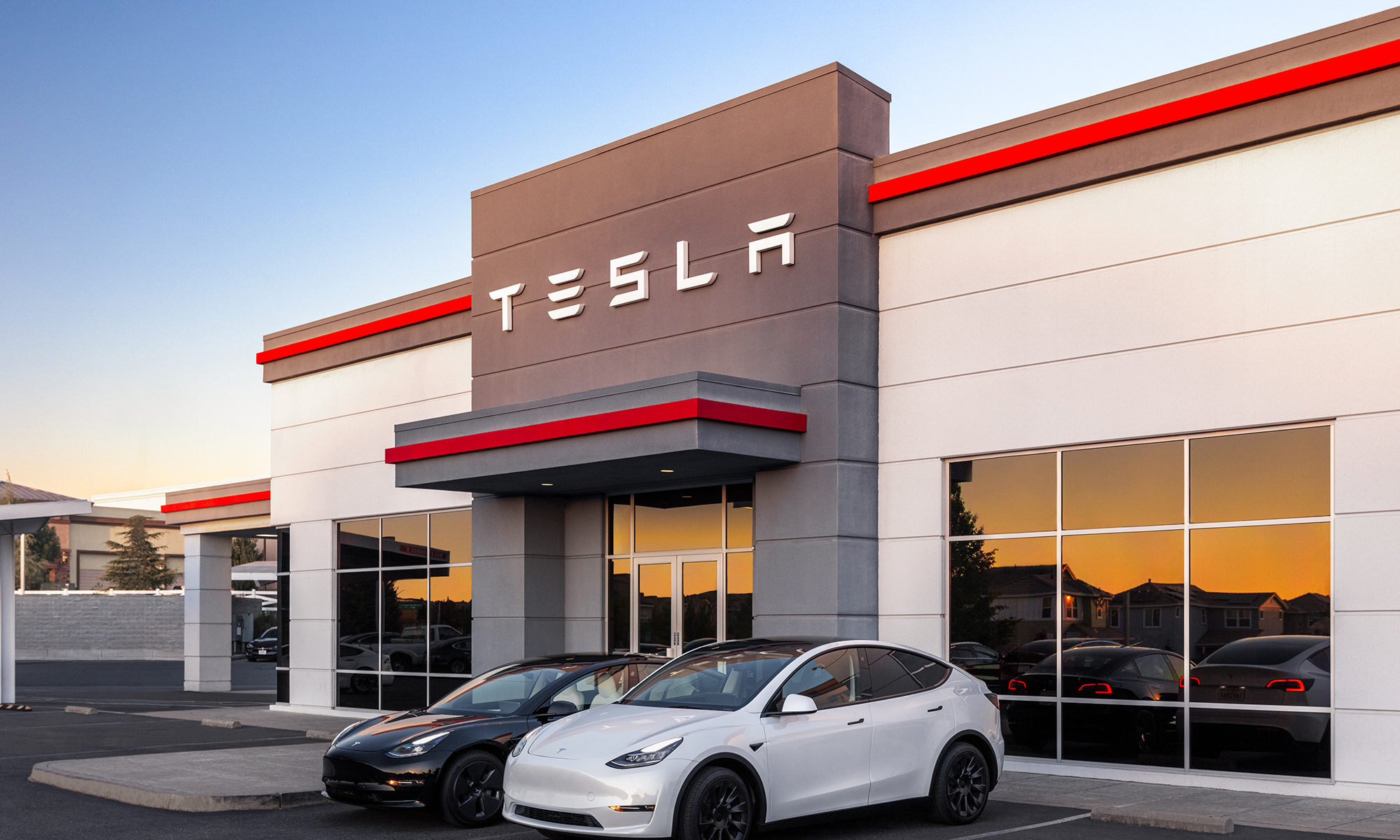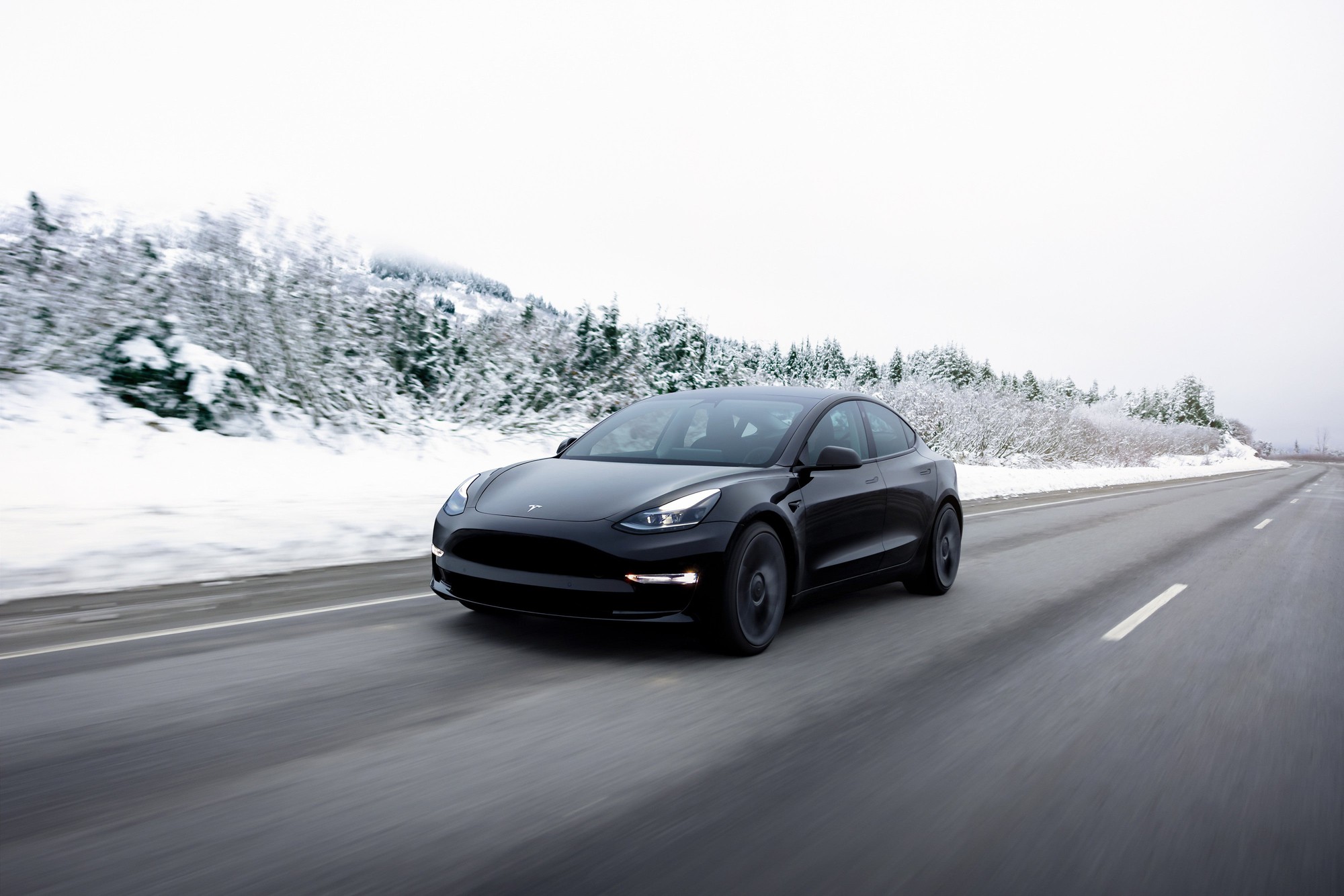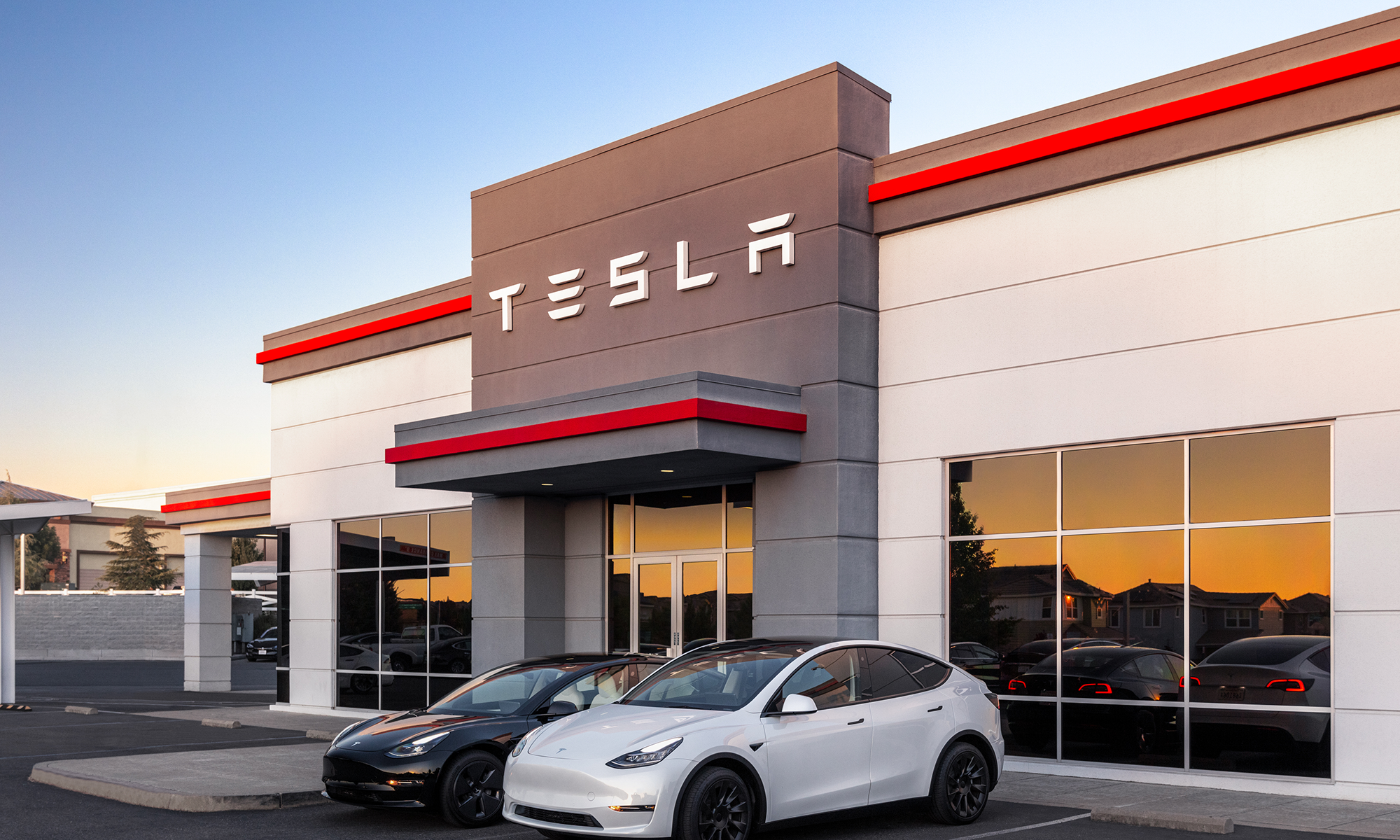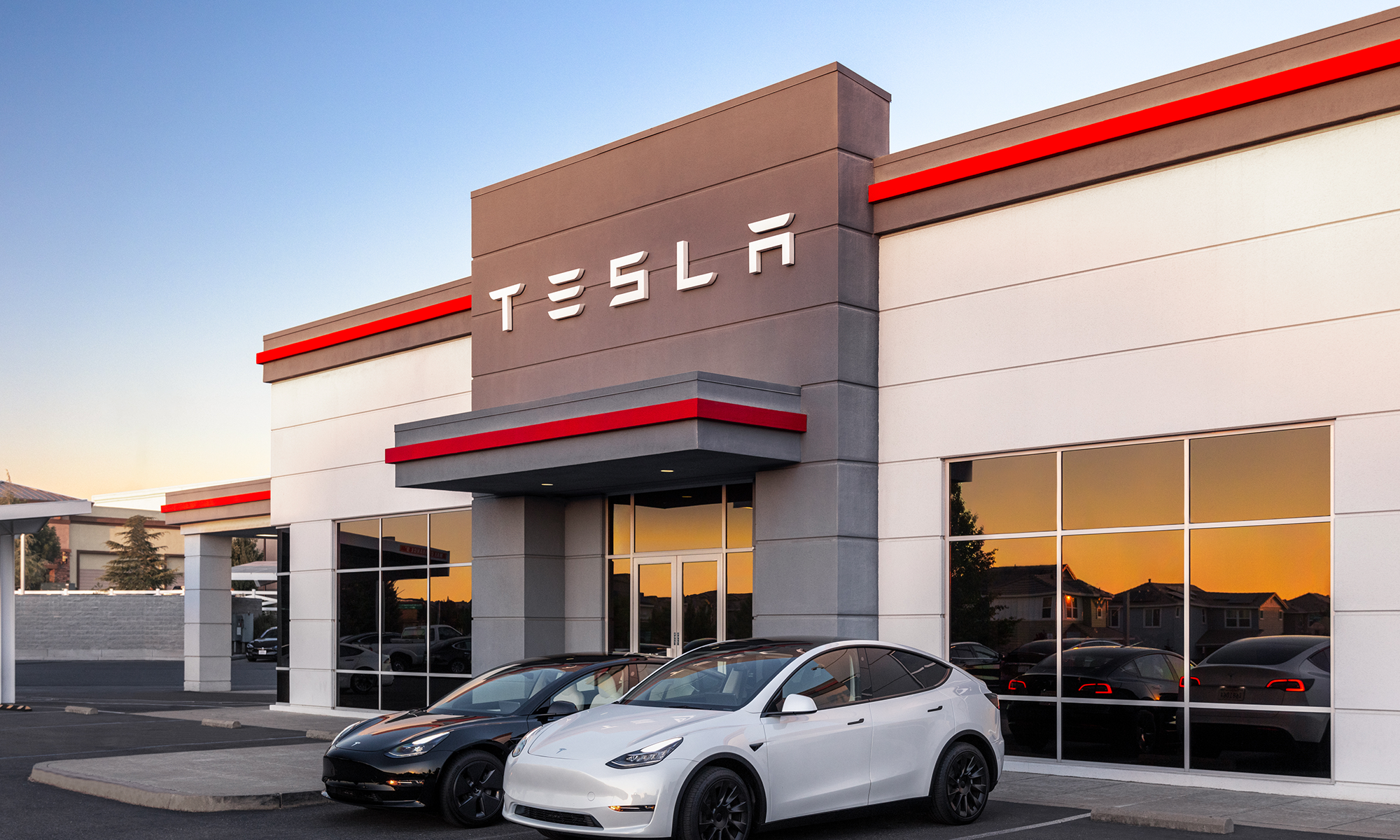Since 2017, the stock market has been led higher by a group of big technology stocks often referred to using the acronym "FAANG." It stands for:
- Facebook (now Meta Platforms)
- Apple
- Amazon
- Netflix
- Google (now part of parent company Alphabet)
But the stock market is a dynamic beast, and given the pace with which technology evolves over time, the same companies won't always be the biggest value creators. For example, advances in artificial intelligence (AI) have led to a shift in market leadership this year.
Back in May, Bank of America analyst Michael Hartnett coined the term "Magnificent 7" to describe seven of the best-performing tech stocks which were responsible for driving the benchmark S&P 500 index higher in 2023. That group includes:
- Meta Platforms
- Apple
- Amazon
- Alphabet
- Microsoft
- Tesla
- Nvidia
As you can see, the Magnificent 7 group features most of the FAANG names minus Netflix. But it's set apart from FAANG thanks to the addition of Microsoft, Tesla (TSLA 0.15%), and Nvidia -- three of the most innovative tech giants in the world today.
Tesla is one that could have the most upside potential from here despite its 109% gain in 2023 year to date. I'll explain why investors should consider buying it right now.

Image source: Getty Images.
Tesla broke more records in the 2023 second quarter
Tesla is the largest producer of electric vehicles (EVs) in the world. In the second quarter, it manufactured 479,700 cars and delivered 466,140 to customers, both of which were record highs for the company. Based on its results in the first six months, the company is on track to exceed its production target of 1.8 million vehicles in 2023.
Some of Tesla's recent success stems from its aggressive campaign to cut prices this year in the face of challenging economic conditions, which are pressuring consumers' spending power. But it's revealing one of the company's greatest attributes: its ability to remain profitable regardless. Given the scale with which it's manufacturing cars, plus its industry-leading production processes, Tesla operates with a higher gross profit margin than all of its competitors.
While many of those competitors are just beginning to scale their flagship electric vehicles, Tesla's product portfolio continues to expand, which only increases its long-term edge. The company is set to release its long-awaited Cybertruck utility vehicle in 2023, having produced the very first one earlier this month -- albeit a couple of years behind schedule.
Tesla is also a key proponent of EV infrastructure with 50,000 charging stations in 5,000 locations across the globe. That network is so important that other companies like Ford and General Motors have signed deals which will allow their customers to use Tesla's chargers.
But autonomous self-driving technology is the future of Tesla
Tesla is developing software that will enable its cars to drive themselves, which the company is calling full self-driving (FSD). Its customers have already used beta versions of the software to drive a whopping 300 million miles in FSD mode on real roads. Data is key to making this technology work; the more cars on the road using FSD, the better the software becomes over time.
Another critical factor is computing power, which determines how quickly artificial intelligence models can be trained and at what cost. Tesla CEO Elon Musk recently announced the company has started production on its new Dojo supercomputer, which will accelerate its progress thanks to one exaflop of processing power. What does that mean in practical terms? In just one second, an exaflop computer can do the equivalent of a human completing one calculation per second for 31.6 billion years.
Tesla has more vehicles on the road testing FSD than all of its competitors combined, and as the tech rolls out publicly, the 300 million miles driven will quickly scale into the billions. Therefore, the company will need a seismic amount of computing power on hand to process all of the data that flows in. Musk says cars in FSD mode could eventually become 10 times safer than human drivers.

NASDAQ: TSLA
Key Data Points
Here's what self-driving could be worth to Tesla
Self-driving software isn't designed to simply make Tesla customers' lives more convenient. Musk envisions the company operating a network of autonomous robotaxis, which can transport passengers without human assistance. This would be a ride-hailing service akin to Uber, except without the drivers.
He says the average passenger vehicle is only in use 12 hours per week, spending the rest of its time parked at the owner's home or workplace. By installing FSD software, the customer can monetize their vehicle when they're not using it. Not only will Tesla earn licensing revenue for the software, but it will also earn a slice of the revenue generated by each vehicle for managing the ride-hailing network.
Ark Investment Management predicts this brand-new industry could generate $4 trillion in revenue over the next five years, even though it still hasn't technically begun operating at commercial scale. It actually forms the basis of Ark's $2,000 price target on Tesla stock by 2027, which represents upside of almost 700% based on where it trades today.
Elon Musk agrees. In Tesla's Q2 conference call with investors, he reiterated his faith in the company's long-term value and suggested the stock could eventually rise tenfold from here.
Even if he's only partially correct, a doubling or tripling in Tesla stock over the next few years will probably still make it one of the top performers among the Magnificent 7.





